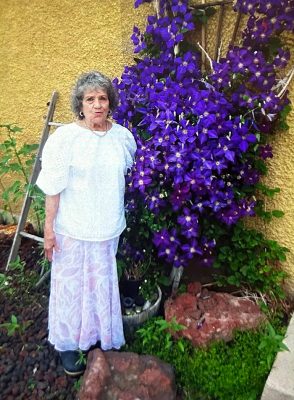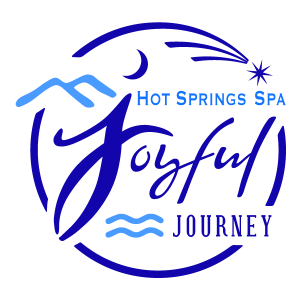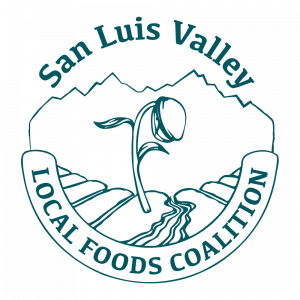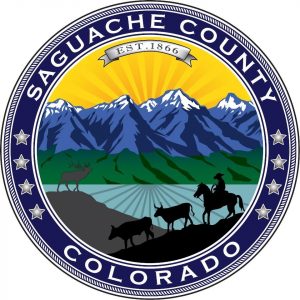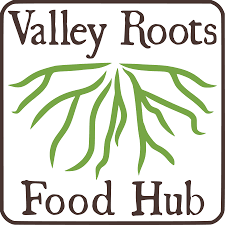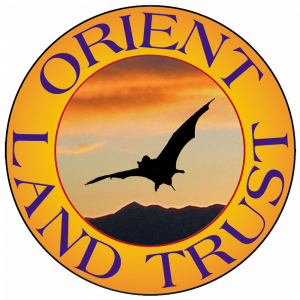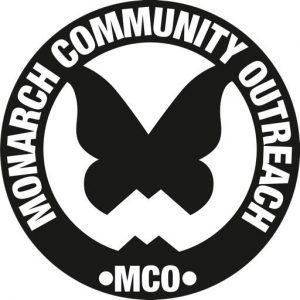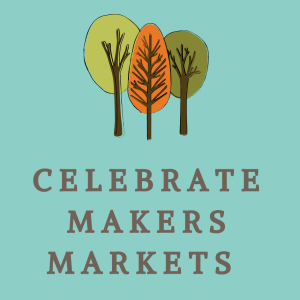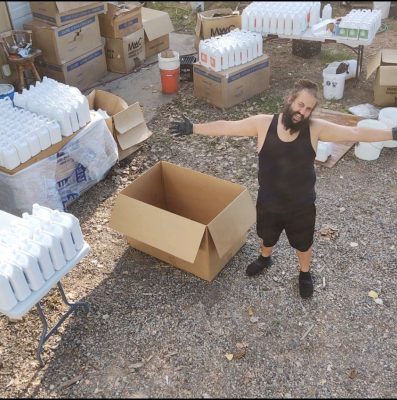Theme: Wild Foods & Medicines of the Valley
Saturday, March 30
- 10:00 am to 5:00 pm – Traditional Seed Swap ~ Visit Vendors ~ Network with Community
- 10:30 am – Reflections on Herbal Use by Our Ancestors – Teresa de Jesús Vigil ~ Herbalist, storyteller, poet
- 11:30 am – Plants & Ethnobotany of the SLV – Kristy L. Duran ~ Metropolitan State University of Denver
- 12:30 pm – Medicinal Properties of Hops – David “Diamond” Mauriello & Leah Shaper ~ Oppenheimer Ranch
- 2:00 pm – Community Updates Hour – All are welcome to give an update on the their project, offerings or needs
- 3:00 pm – Simple Cannabis Medicine Making – Miles Filippelli ~ Fermented Plant Extracts
- 4:00 pm – Regional, Herbal Medicine Making – Cari Conari ~ SLV Apothecary
Sunday, March 31
- 10:00 am to 2:00 pm – Traditional Seed Swap ~ Visit Vendors ~ Network with Community
- 10:30 am – SLV Fruit Crops & Food Forests – Adam Siemiller ~ Eco Art Landscapes
- 11:30 am – Responsible Collecting of Wild Seeds – Penn Parmenter ~ Miss Penn’s Mountain Seeds
- 1:00 pm – Wild Mushrooms of the SLV & Their Medicinal Uses – Tylor Berreth ~ Alpine Valley Mushrooms
Talk Descriptions & Speaker Bios
Teresa De Jesús Berlinda Vigil is a rural herbal practitioner who is familiar with natural healing methods traditional in the upper Rio Grande bioregion. Understanding the importance of natural remedies to Hispano residents in the San Luis Valley, Vigil for the past thirty-two years expanded her knowledge of traditional healing herbs and natural remedies common to northern New Mexico and southern Colorado. Having taken classes at Regis University for a year, including coursework in herbology, Vigils cultural perspective and lifelong medical experiences have made her a sought-out presenter. She is profiled in Delmar’s Integrative Herb Guide for Nurses and Fiesta’s Cultural Awareness of Herbal Use and contributed recipes to Cocina de la Familia. Teresa is an instructor in the University of Washington Acequia Agroecology and Permaculture Field School and leads local and visiting college and high school students in the study of ethnobotany and ethnomedicine. She is the daughter of Jose Incarnation Gallardo and Manuelita Gallegos, whose ancestors resided in the San Luis Valley for multiple generations. She is married to Victor, and they have seven children, fourteen grandchildren, and twenty-one great grandchildren.
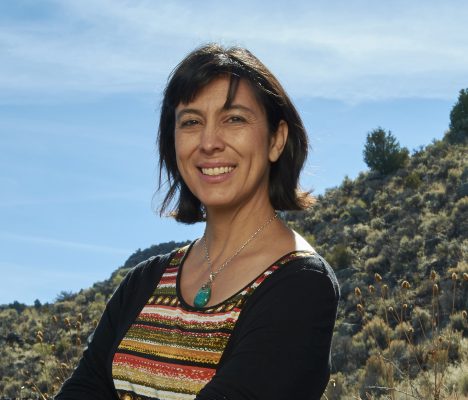
Dr. Kristy L. Duran
Metropolitan State University of Denver
Denver, CO
Plants and Ethnobotany of the San Luis Valley
The San Luis Valley is the highest elevation valley in the world and the highest mountain desert in North America. Its boarders were formed by the splitting of the southern Rocky Mountains with the Sangre de Cristo Mountains forming the eastern boundary and the San Juan Mountains forming the western boundary.
Runoff from the mountains in the northern part of the valley has no surface drainage soaking into the valley floor charging the shallow groundwater giving rise to lakes and wetlands. Headwaters from the San Juan Mountains and Sangre de Cristo Mountains flow into the Rio Grande River that drains the Valley to the south. The San Luis Valley also boasts the tallest sand dunes in North America. These diverse features give rise to a variety of habitats and a rich diversity of plants, many which have a long history of use by the people of the valley. This talk will introduce each community type and focus on one or more plants from each type that were of primary importance to both the American Indians and Hispanos of the San Luis Valley.
Dr. Kristy L. Duran is a sixth generation native to the San Luis Valley. As a professor at Colorado Mesa University she worked with the CSU Extension Office to create the Ute Ethnobotany Garden. As a professor of biology at Adams State University for 10 years, she pursued her interest in ethnobotany and recently wrote a chapter on the ethnobotany of the San Luis Valley. Dr. Duran is currently the Faculty Director of Undergraduate Research, and Professor of Biology at Metropolitan State University of Denver, where she is dedicated to equity, inclusion, and student success.
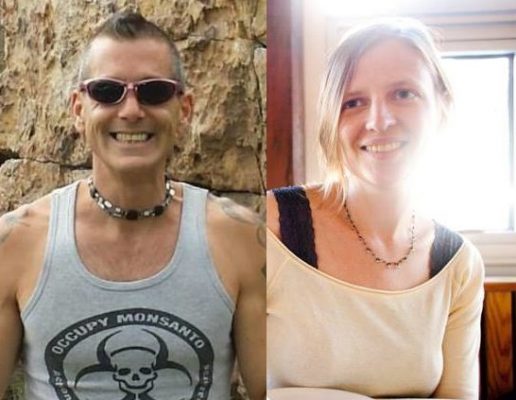
David Mauriello a.k.a. Diamond & Leah Shaper
3Canyons Permaculture Farm
Pagosa Springs, CO
Medicinal Properties of Hops
The plant is high in various oils and waxes, including flavor-imparting oleoresin, caryophyllene, humulones, and lupulones. Studies show that hops possess a variety of antioxidants and polyphenols that provide wellness benefits and hops are found to reduce anxiety, induce slumber, reduce inflammation, possibly lower cholesterol, remove dandruff, boost hair growth and shine, and nourish the skin.
We are two humans, Diamond and Leah, who no longer support the inhuman, oligarchic empire model destroying our planet and our true nature as human beings. As activists we decided to do something about it, so we opted out of our former lives to begin anew. We are currently transforming alpine desert wilderness into a self-sustaining homestead and organic farm in preparation for the upcoming collapse. We present every step of our implementation in open source format for the benefit of all humanity. With our backgrounds in academia and the sciences (climatology, geology, philosophy of science, physics, and more) we aim to uncover the lies perpetrated by the mass media. Keep up with our progress by subscribing to the Oppenheimer Ranch Project YouTube channel, visiting our Facebook or Patreon pages, or following us on Twitter. If you’re curious about the name, interested in homesteading, permaculture, or just want to know what the heck earthships or grand solar minimums are, check out our website https://www.oppenheimerranch.org
YouTube: https://www.youtube.com/channel/UC6VhLE7qAeW8NZm6PsXGGrQ
Facebook: https://www.facebook.com/oppenheimerranch
Patreon: https://www.patreon.com/OppenheimerRanchProject
Twitter: https://twitter.com/Diamondthedave
Miles Filippelli
Fermented Plant Extracts Hotchkiss, CO
Simple Cannabis Medicine Making
Miles will instruct on the production of vital and powerful cannabis medicine in the home using kitchen implements and typical food products. This process is easy and approachable, no special equipment or ingredients are needed other than cannabis (which is very, very special). Miles spent years learning and developing different techniques for cannabis extraction and concentration in addition to cultivation and breeding. The medicine he teaches how to make is versatile and can be used internally or topically.Miles Filippelli is a farmer, educator, product developer/manufacturer, artist, and visionary living on a small farm outside of Paonia in Western Colorado. His Fermented Plant Extract product line is distributed nationwide via Build-a-Soil out of Montrose, Colorado and can be found on the shelves of many grow stores and garden centers that focus on organic, natural and regenerative practices. Miles has conducted classes, events and gatherings nationwide over the past few years all focused on natural farming, community building, and empowerment through education. For the past 10 years he has produced and distributed vital cannabis medicine around the world to hundreds of patients with a wide range of ailments and diagnoses. Miles brings to the San Luis Valley Seed Exchange 20+ years of cultivation experience (not only cannabis but flowers, vegetables, and grains as well) and breeding (flowers, vegetables, and cannabis) – he will bring many seeds, cannabis medicines, and cultural apparel that represents the ethics of quality and responsibility that Miles represents and proliferates.
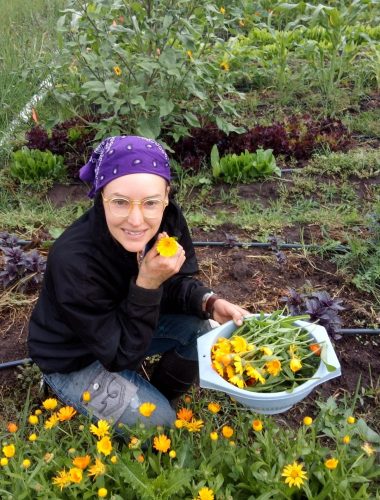
CaRi Conari
SLV Apothecary
Alamosa, CO
Herbs You Can Grow in the San Luis Valley & Their Uses
Cari is a farmer, herbalist, entrepreneur, artist and natural builder. She runs the SLV Apothecary in Alamosa, farms at her home and helps coordinate the Rio Grande Farmers Coop.
When cultivating herbs in the San Luis Valley, one must realize that it is an arid climate with rough winters, and there are some herbs that grow better than others. There are perennial herbs that grow deep roots, becoming drought tolerant, and hibernate during the frigid months, giving the microbiome in the soil a home. Mint, agastache, bee balm monarda, calendula, sunchokes, marshmallow, mugwort, goji, catmint, and yarrow are great plants to start a low-maintenance herb garden that the bees and hummingbirds will absolutely love. Cari will talk about planting, harvesting and drying herbs from your garden and how to use them in cooking, teas, tinctures and oils. Herbs gardens are a good way to regenerate soil with no till practices and mulching, while providing pollinator habitats. Goji, agastache and Marshmallow attract and feed hummingbirds. The bees are all over the calendula and catmint, and even sleep inside the buds at night. Sunchokes are a perennial vegetable tuber, similar to a potato, but grows like a sunflower. CaRi will be bringing seeds and herbs to show.
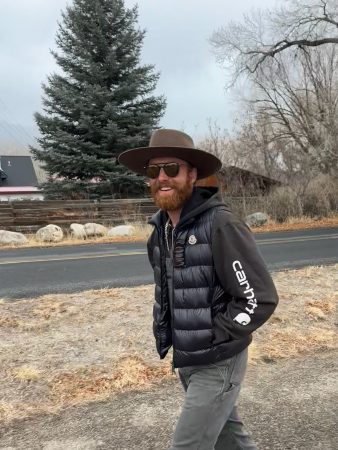
Adam Siemiller
Eco Art Landscapes Moffat, CO
Fruit Crops & Food Forests in the San Luis Valley
Learn about successful and productive native fruit bearing plants as well as exotics that will thrive from similar climates around the world. We’ll cover proper planting and irrigation techniques, as well as follow up care and watering schedules.Adam is a military veteran, a graduate of Colorado University at Boulder, an entrepreneur and most importantly a father. He is passionate about building healthy soil, the planting of fruit bearing perennials and beautifying landscapes.
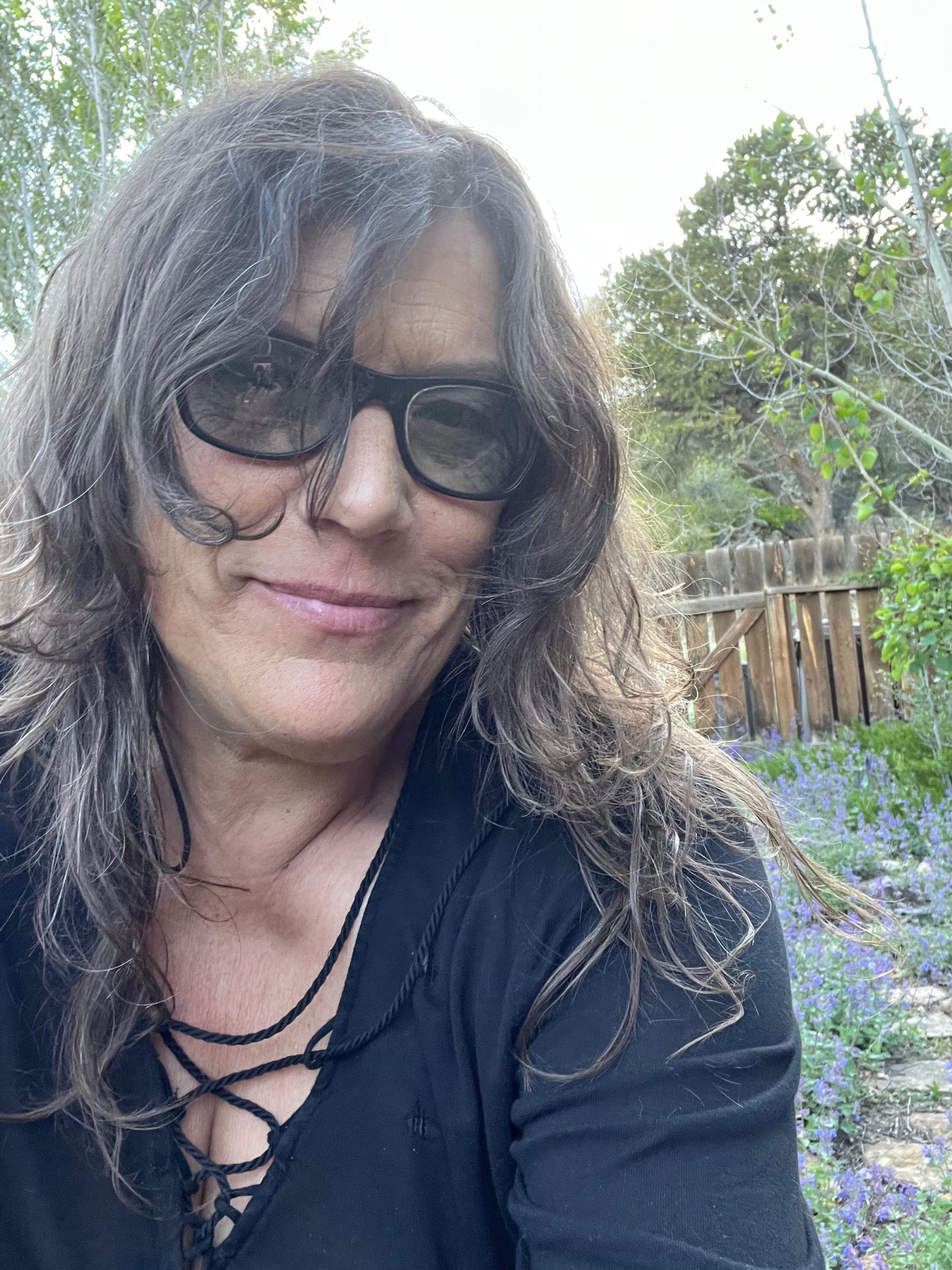
Penn Parmenter
Miss Penn’s Mountain Seeds Westcliffe, CO
Responsible Collecting of Wild Seeds
Penn Parmenter is a high altitude gardener, seedswoman and student of the earth. She is married to Cord Parmenter – an awesome gardener, gorgeous man and a master blacksmith. Together they own and run a sustainable greenhouse design company, Smart Greenhouses LLC and Penn grows seed for her seed business, Miss Penn’s Mountain Seeds. She is a mother of three sons and an outdoorswoman. Penn forages wild food, hunts big game, fishes, preserves, maintains a huge organic forest garden and occasionally makes dinner. At home you can find her in her greenhouses as well as in the wilderness – nose to the ground, butt in the air, trying to identify Colorado natives.
https://www.instagram.com/misspennsmountainseeds
https://www.instagram.com/smartgreenhousesllc
https://desertcanyonfarm.wpcomstaging.com
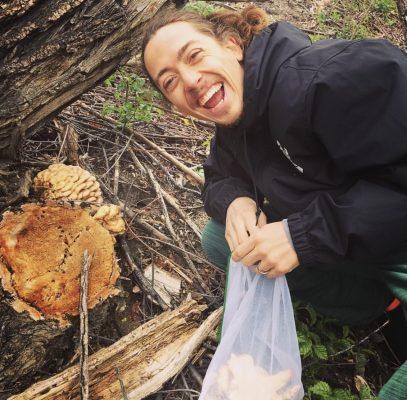
Tylor Berreth
Alpine Valley Mushrooms
Saguache, CO
Wild Mushroom Species of the SLV and Their Medicinal Uses
This presentation will cover many of the wild mushrooms species that can be found locally in the San Luis Valley as well as their medicinal uses and ecological implications. The course will also cover the importance of mycorrhizal relationships within our soil and the importance of nurturing our local fungi.
Tylor Berreth is a Mycologist based in The San Luis Valley of Colorado. With a focus on hyper-local mushrooms, Tylor, his wife Danielle and son Bo forage and cultivate mushrooms within the SLV. Tylor’s passion is directed primarily at cultivating specialty mushrooms, improving local ecosystems through bioremediation techniques, as well as improving the health of the local community. His passion for mushrooms grew at MSU Denver when he discovered how fascinating they are and how powerful they can be medicinally for health. He now spreads his joy of fungi with the local SLV community and beyond through farming and foraging mushrooms as well as educating about mycology.

